Search
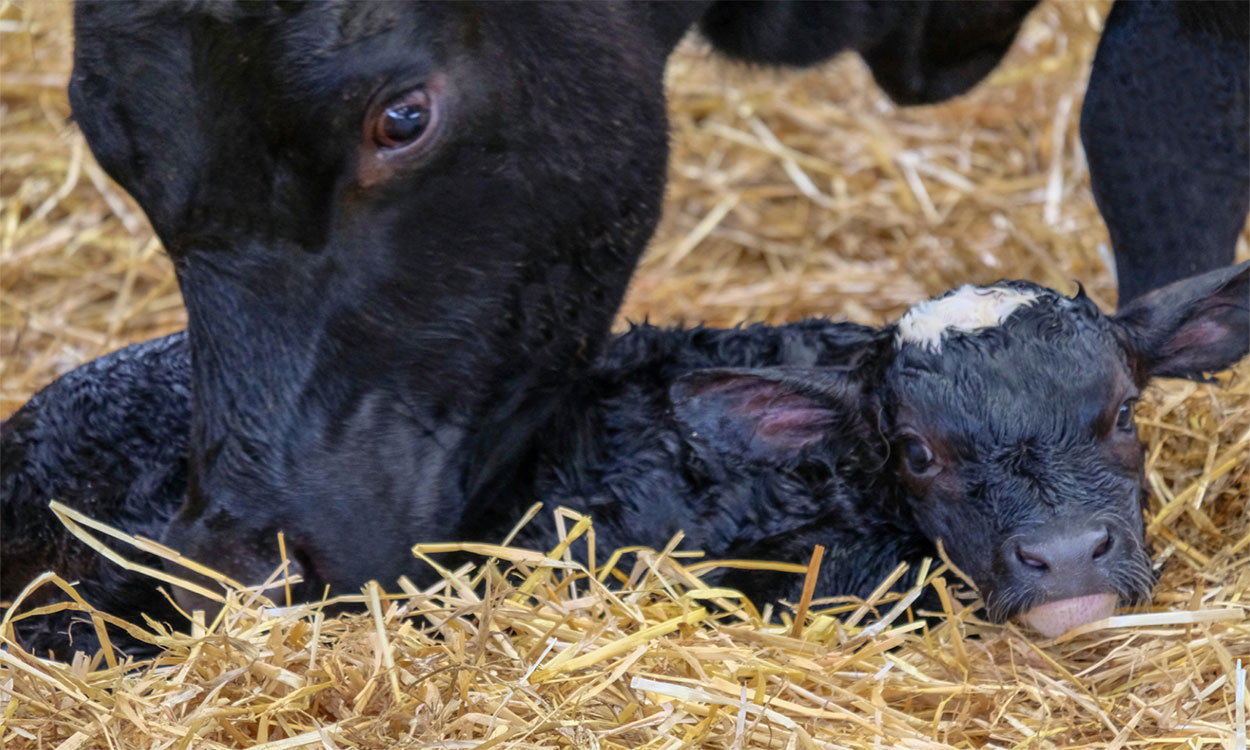
Calving in Dairy Cows: Step by Step
Calving is a critical time in the lifecycle of dairy cows and calves. Learn about the key stages of calving to help ensure healthy, high-performing cows and calves.
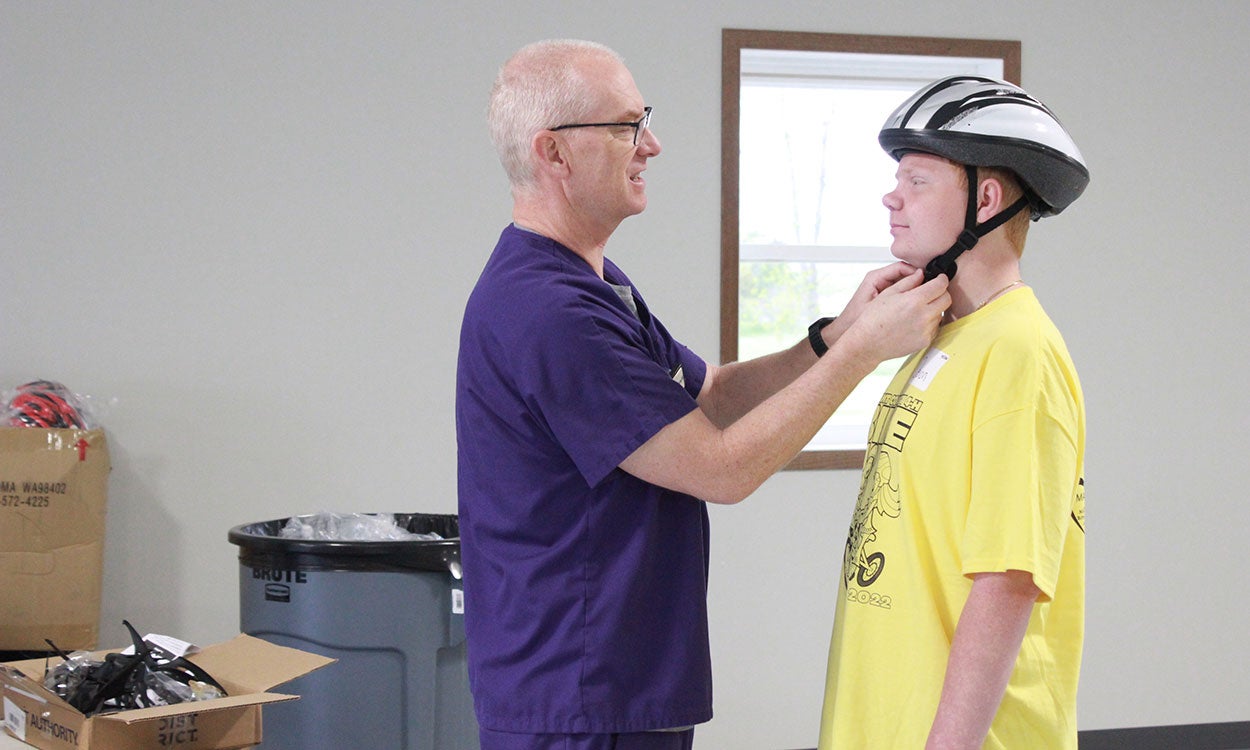
4-H Bike Rodeo and Safety
Overview document including complete lesson plans for a 4-H Bike Rodeo and Safety program to make youth aware of the importance of riding their bike.

Can You Break the Hydro-illogical Cycle?
Regardless of the time of year, it is critical to start thinking about the next drought before we are in it. Learn some key strategies for breaking the Hydro-Illogical Cycle by leveraging drought motioning resources and creating a plan for your operation.
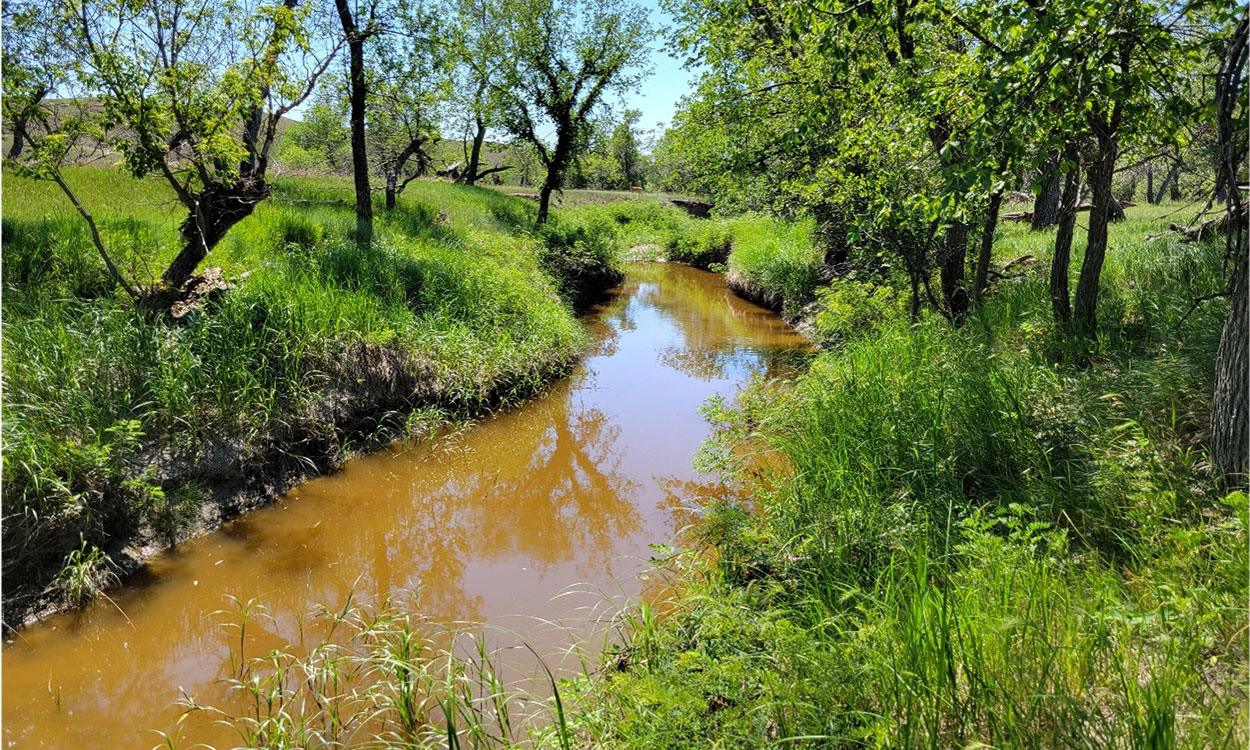
Ranching and Prairie Streams: Why Riparian Areas Matter
For many producers, riparian pastures are essential to their operations. However, land managers need to balance grazing and utilization needs with riparian health for the long-term benefit of their operation.

Neospora-Positive Status: Impact on heifers/cows and their calves
Neospora caninum is a protozoal germ that has the potential to affect reproduction in beef and dairy herds. Neospora-related reproductive problems can arise from two different kinds of infected cattle: 1) cows or heifers that became infected by eating contaminated feed, and 2) cows or heifers that were born with Neospora and pass it on to their offspring in utero.
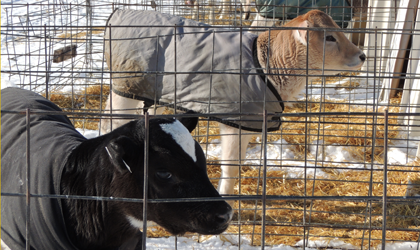
Dairy Calf Respiratory Disease: Treatment in the Aftermath of Cold Weather
Cold weather is not just hard on the people taking care of animals, it can be tough on the animals themselves. Consider respiratory disease (pneumonia) in dairy calves.
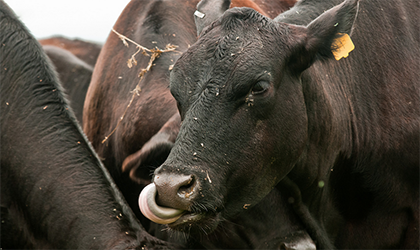
Tuberculosis in Cattle: What You Need to Know
Bovine tuberculosis is a chronic and slowly progressive disease of cattle that emerges periodically in the U.S. Cases of bovine tuberculosis are usually diagnosed on the basis of tell-tale abnormalities found on slaughter inspection.

Sore Mouth: A “Pox” Virus for Sheep
Just like in children or adults who contract the dreaded chicken pox, sheep and goats can catch their own similar “pox” virus called Sore Mouth, technically known as Contagious Ecthyma. This health problem is most recognizable by red blisters or thick brown scabs on the skin around the lips or muzzle area.

The Different Sides of Pinkeye Treatment
Pinkeye (or infectious keratoconjunctivitis) is a scourge that most cattle operations will deal with at some point. Regardless of the type of cattle affected or time of year, prevention always beats treatment.
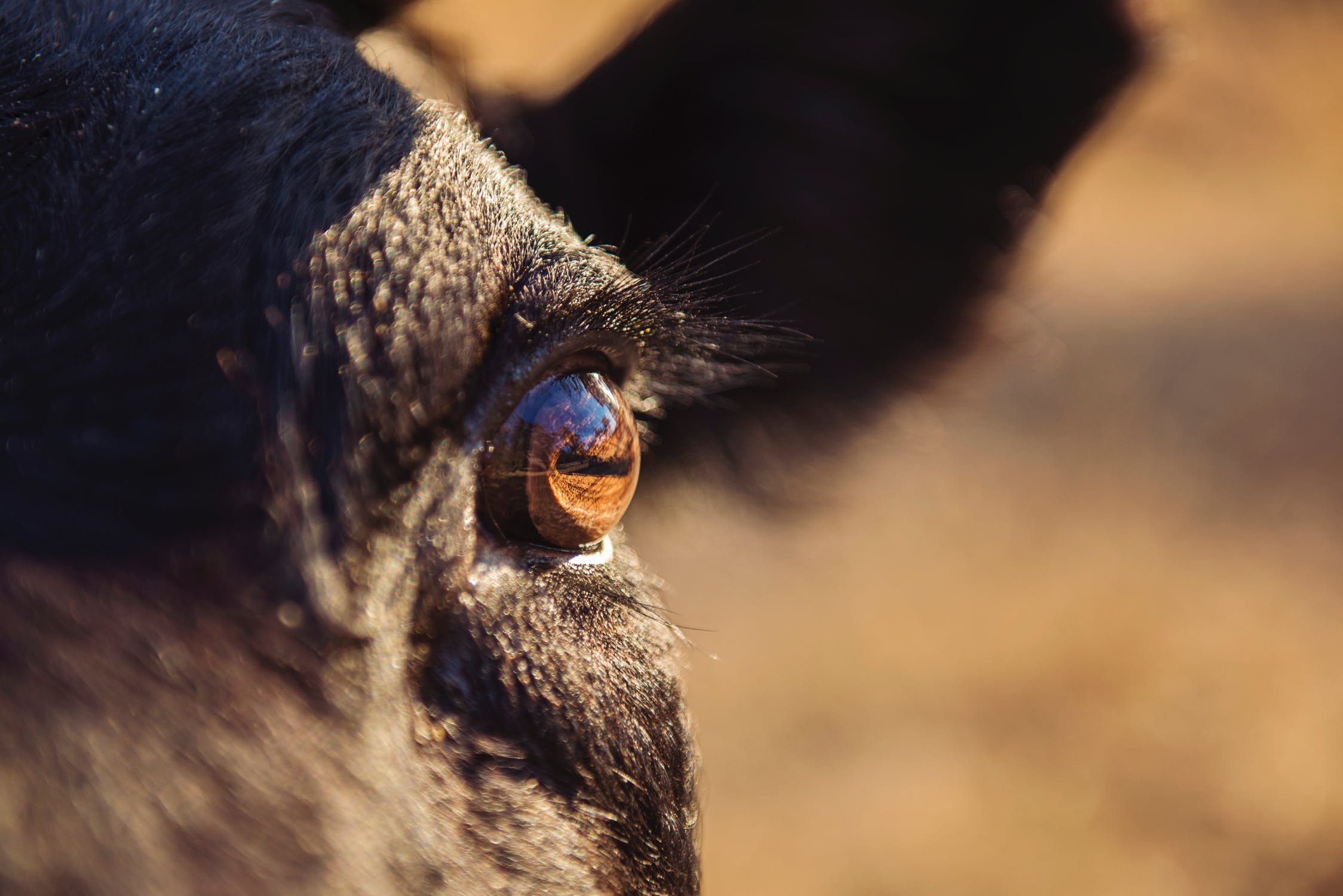
Toe Abscess (Toe Tip Necrosis) in Feeder Cattle
Toe abscess (toe tip necrosis) is most commonly seen in feedlot cattle and is likely subsequent to excessive abrasive damage to the hoof, especially the toe tip. Feet may become infected when the white line is damaged which opens the claw to bacteria, dirt and manure.